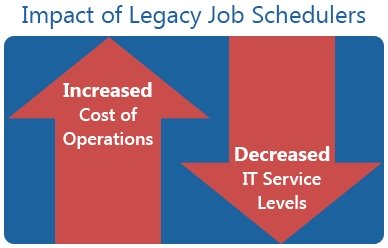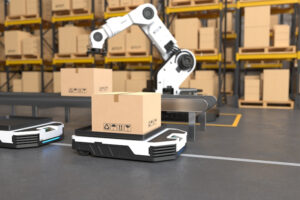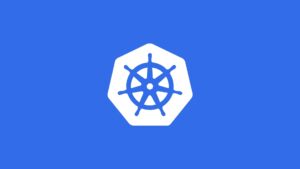Migrating to a Modern Workload Automation Solution
Migrate from your legacy job scheduler to a modern workload automation scheduler. Why? How about for more scalability, integration, and improved SLAs?

Job Scheduler Migration Strategies
Deciding to migrate from your legacy scheduler to a modern IT automation solution like ActiveBatch is a big decision. Your organization can go about the workload automation migration process in many ways, but the most successful migrations follow proven strategies that benefit your company and fulfill your organization’s specific needs. Here are 3 Strategies to Consider for a Successful Migration:
1. Automated Migration
One approach to migration is to use the new solution’s automated migration tool. Typically, the migration of the legacy scheduler’s applications to the new solution will be carried out via a command-line program. For organizations who want to minimize the risk of losing critical workflows/processes and the risk of manual errors, an automated migration provides a secure, proven migration process that keeps your existing data intact.
Automated migration also provides a number of benefits:
- An extra layer of security
- No need for the added expense of building a migration strategy or program
- Faster time to deployment and go-live
- Less downtime
- Faster realization of ROI for new automation solution
2. Build a New Automation Strategy

Alternatively, an organization might want to start from scratch. Existing processes or workflows may have grown overly complex over the years. A new automation refresh can help optimize those workflows and eliminate manual dependencies.
We’ve seen several organizations take this approach after initially deciding on an automated migration. The organizations started using ActiveBatch and realized that instead of bringing over all of their old problematic workflows and processes, they could create a better, more elegant automation strategy from the ground up. This would make it easier to accommodate changing business and technology requirements.
Creating a new workload automation environment from scratch often works best for smaller IT environments that do not have as many existing workflows and processes, and for organizations with the time and people resources to commit to building out a new, holistic automation strategy.
3. Take a Hybrid Approach
Organizations that want to mitigate the risk of carrying objects over from their existing workload scheduler ,and also want the flexibility to build a new automation strategy, should consider a hybrid approach.
In this approach, an organization will first migrate its existing processes to the new solution using an automated migration tool. Once the automated migration is complete, the organization will build out other existing and new processes. This leverages the advanced functionality and features of the new automation solution.
Deciding to migrate from your legacy scheduler to a modern IT automation solution can be a complex and stressful decision. However, with the right migration strategy, organizations can overcome any challenges and ensure a successful move to their new solution.
Our IT Automation Blog features more posts on how to approach a migration from legacy schedulers like Tidal, IBM Tivoli Workload Scheduler (TWS), or AutoSys alternatives to a modern workload automation solution like ActiveBatch.
Frequently Asked Questions
Many companies undergoing digital transformation are searching for more effective and cost-efficient scheduling tools and workload automation solutions that enable their IT teams to be more agile. There might be concerns about running tasks in a hybrid environment that spans on-premises, data centers and cloud-based environments that newer solutions like ActiveBatch can ameliorate. Explore ActiveBatch’s workload automation capabilities.
ActiveBatch is specifically designed to support business processes and IT technologies with a wide range of built-in integrations, extensions, and add-ons. ActiveBatch supports operating systems like Windows, OS, Linux, and UNIX. ActiveBatch also has extensions for common platforms like IBM, SAP, Microsoft, and more. Discover ActiveBatch’s integrations and extensions.
ActiveBatch provides a centralized orchestration and provisioning automation platform for on-premises, cloud and hybrid cloud applications. Our no-code/low-code approach and management tools enable DevOps to automate applications and control IT through a centralized platform. With ActiveBatch, IT teams can easily adapt to changing requirements in real-time, optimize workload distribution and respond to business requests and changes on demand. Uncover the benefits of IT process automation software.
ActiveBatch ensures a smooth, reliable migration with a combination of migration tools and proven conversion methodologies. We have methodologies and migration tools for many applications, including BMC Control-M, IBM Tivoli, CA Autosys, and more. Learn more about our migration services.







